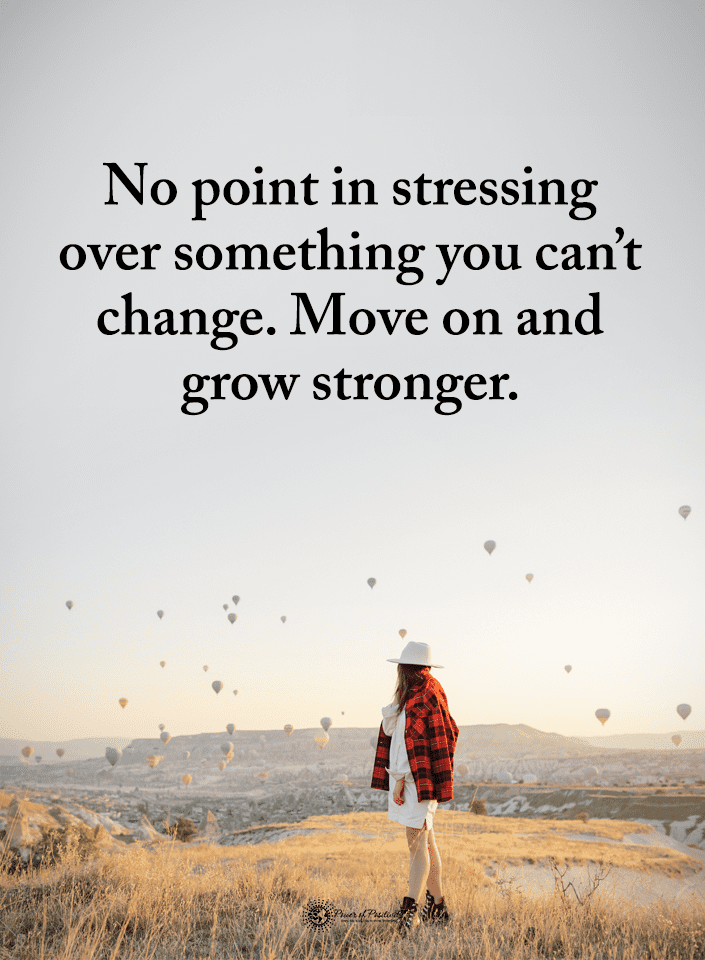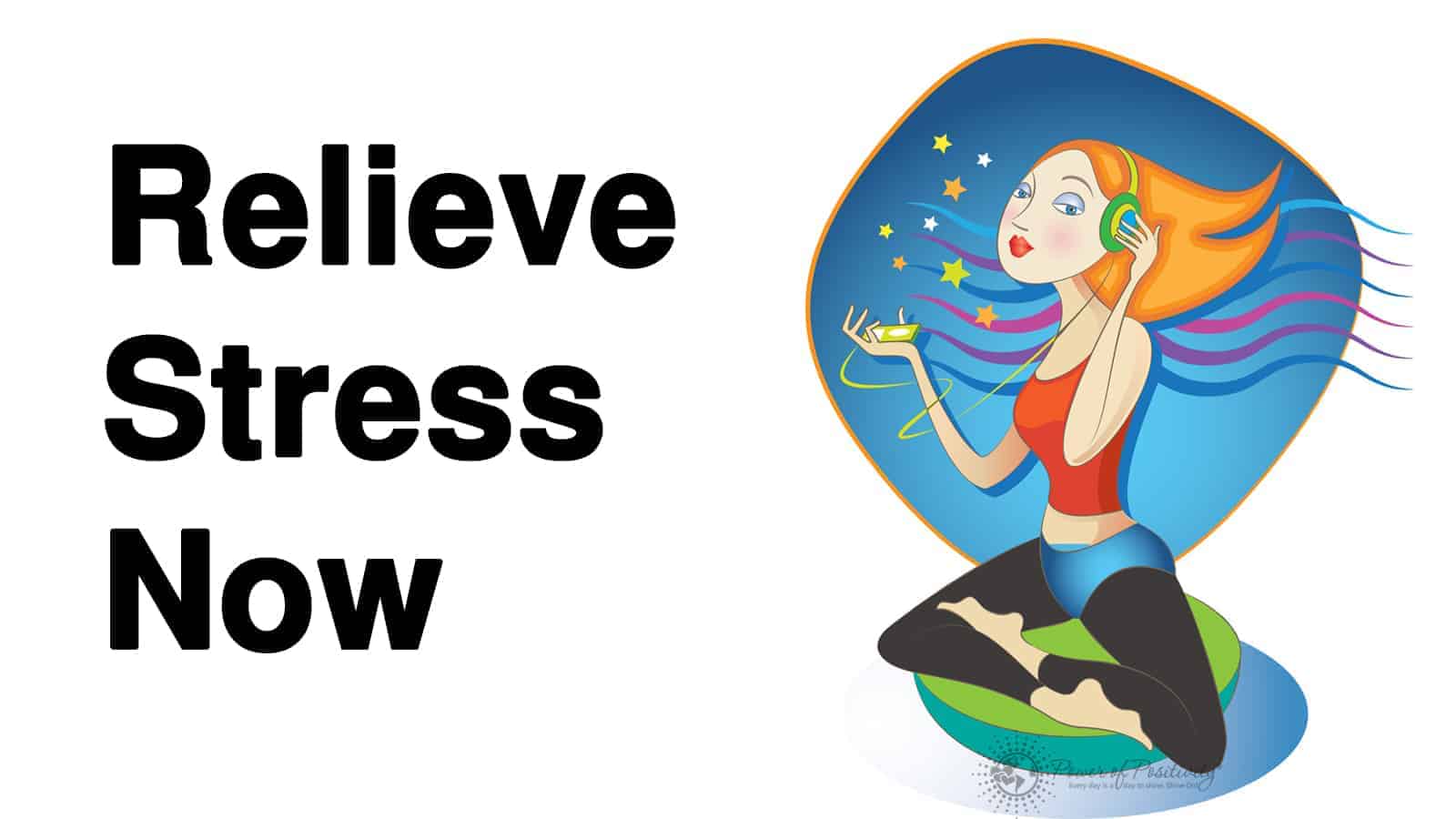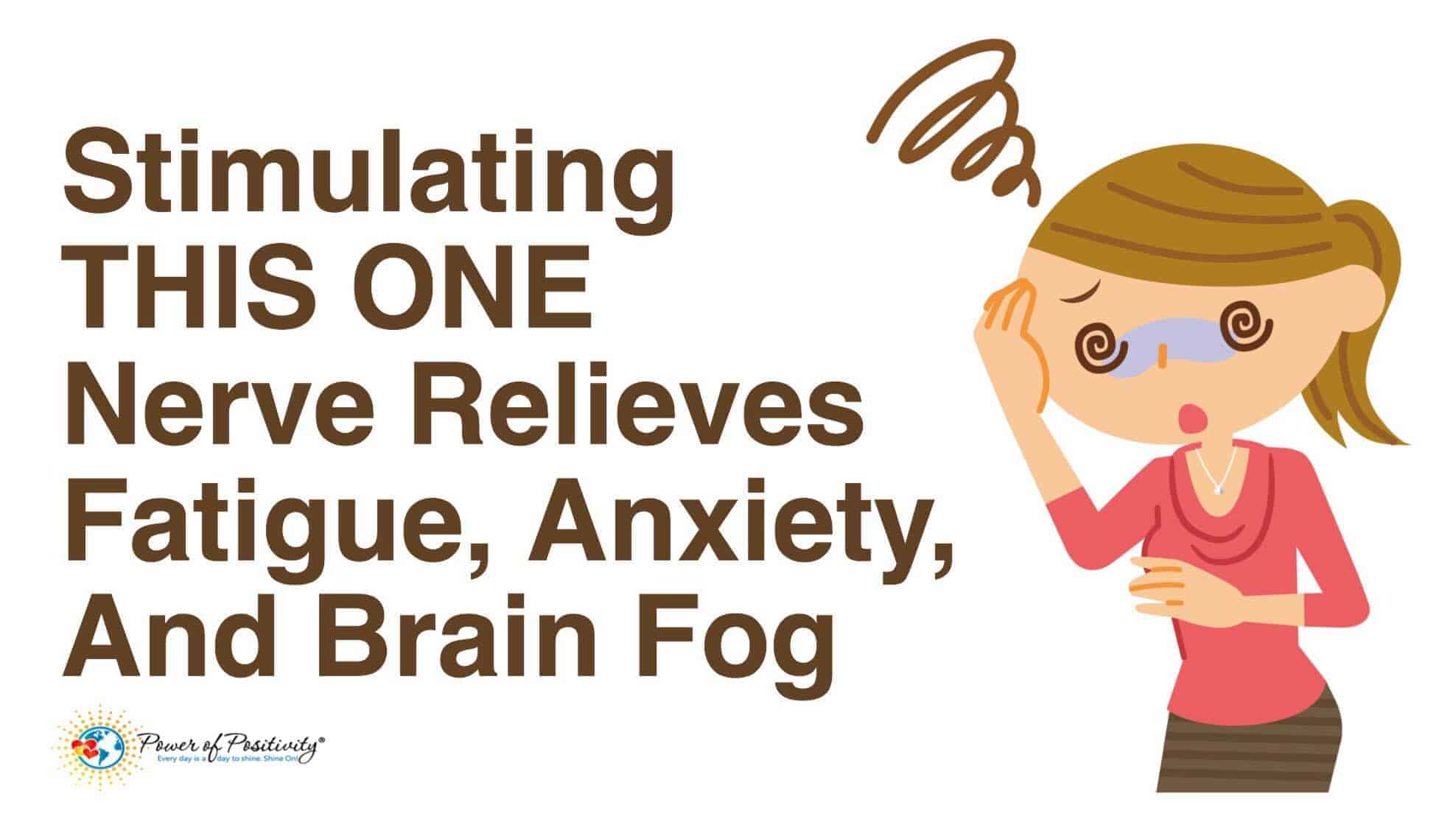Guided meditation is an easy way to relieve stress and you can do it in as little as a 10-minute session to help you feel less tension in your body. Relax your tight muscles with this guided meditation and completely relieve stress.
Progressive muscle relaxation is a technique to relieve stress by focusing on the sensations of relaxation in the body. By tensing and then relaxing groups of muscles, we can release any stored tension.
For example, many people carry muscle tension in their neck and shoulders. By simply tightening these muscles and holding the tension for a few seconds before relaxing, we can notice that although we were unaware of it, our shoulder muscles were not fully relaxed before.
Researchers studying the effects of a guided meditation that included progressive muscle relaxation found that people who experienced the meditation reported lower levels of mental confusion, depression, fatigue, and tension.
Completely Relieve Stress in 10 Minutes With This Guided Meditation
What follows is a script for a guided meditation. However, it should take less than ten minutes to complete. As you read the meditation, you can follow along and do the exercises rather than closing your eyes for the session.
You can read the steps for the guided meditation below, ask someone to read it for you, and guide you as you sit with your eyes closed. Alternatively, you may listen to a meditation video via the link below.
Guided meditation to completely relieve stress
Before you begin, find a comfortable place to sit, either in a chair or on the floor. Try to find a quiet place where you won’t be disturbed or distracted for 10 minutes.
- Sit in an upright but comfortable position.
- Rest your hands in your lap.
- Close your eyes and focus on your breathing.
- Inhale and exhale through your nose and allow 4-5 slow, full breaths to pass as you notice the feeling of your lungs filling with air.
- On the next breath, inhale, tighten, and tense all the muscles in your feet, and as you exhale, release all of the muscles of the feet. Repeat for another inhale and exhale.
- On the next breath, squeeze the muscles of your lower legs and calves. As you exhale, release all of the muscles of the lower legs. Repeat for a second breath.
- On the next breath, inhale and tighten your thigh muscles. Exhale, and relax the muscles of the thighs. Repeat tightening your thigh muscles for another in and out breathe through the nose.
- With your next breath, squeeze the muscles of your abdomen and your pelvic muscles. As you exhale, release all of the abdominal and pelvic muscles muscles. Repeat for a second inhale and exhale.
- On the next breath, tighten the muscles of your buttocks. Exhale, and release the muscles of the buttocks–then repeat.
- On the next inhale, squeeze the muscles of your hands and make fists. As you exhale, relax your hands back into your lap–repeat
- With the next breath, squeeze the muscles of your arms. Flex your arms and squeeze your biceps, triceps, and forearms. As you exhale, release all of the muscles of the arms–repeat
- On the next breath, inhale and squeeze the muscles of your shoulders. Tense these muscles by raising the shoulders up to the ears. Exhale and release the shoulders. Repeat for another breath.
- On the next breath, squeeze your upper back muscles together by squeezing your shoulder blades. As you exhale, release all of the muscles of the upper back. Repeat for a second inhale and exhale.
- On the next breath, inhale and tighten the muscles of your neck. Exhale, and release all of the neck muscles–repeat.
- This time when you breathe in, squeeze the muscles of your face. Clench the jaw muscles and smile big, squint your eyes and squeeze your eyebrows together. As you exhale, release all of the muscles of the face. Repeat.
- Focus your attention on the tingling in your body now that you have squeezed them and released tension from your muscles. Keep your attention focused on your breathing and your body’s relaxation.
- Use a keyword to bring your focus back if your mind wanders. For example, you can use the word ‘Om’ or ‘One’ or ‘Calm,’ any one-syllable word that is positive and meaningful to you and will help you refocus on simply relaxing and breathing.
- Continue breathing and focusing on your one word. If you can, continue focused, mindful breathing for 5 minutes to relieve stress in your body completely.

A modified guided meditation
On the other hand, you can use a muscle relaxation guided meditation that only focuses on relaxation without tensing muscles. This can be helpful if you have an injury or cannot tense muscles without pain.
Researchers studying relaxation-only meditation, without using muscle tension exercises to relieve stress, guided participants to notice sensations of tension in their right and left hands and arms, allowing these muscles to relax completely. Repeat this with the other muscle groups mentioned above until you achieve complete muscle relaxation.


















